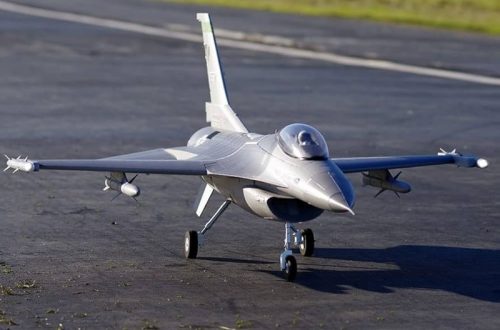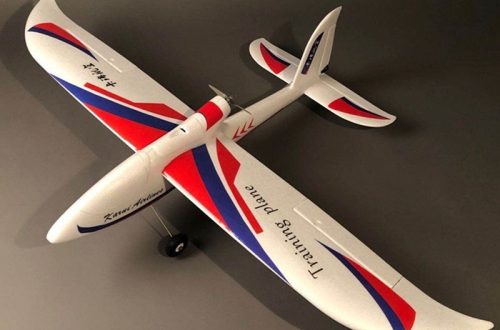Drones, also known as unmanned aerial vehicles (UAVs), have revolutionized various industries. From stunning aerial photography to efficient delivery services, their applications continue to expand. However, a major hurdle remains – battery life. Traditional batteries limit flight times and hinder the full potential of drone technology. This is where drone energy harvesting comes in, offering a glimpse into a future where drones fly for extended durations, untethered by the constraints of battery limitations.
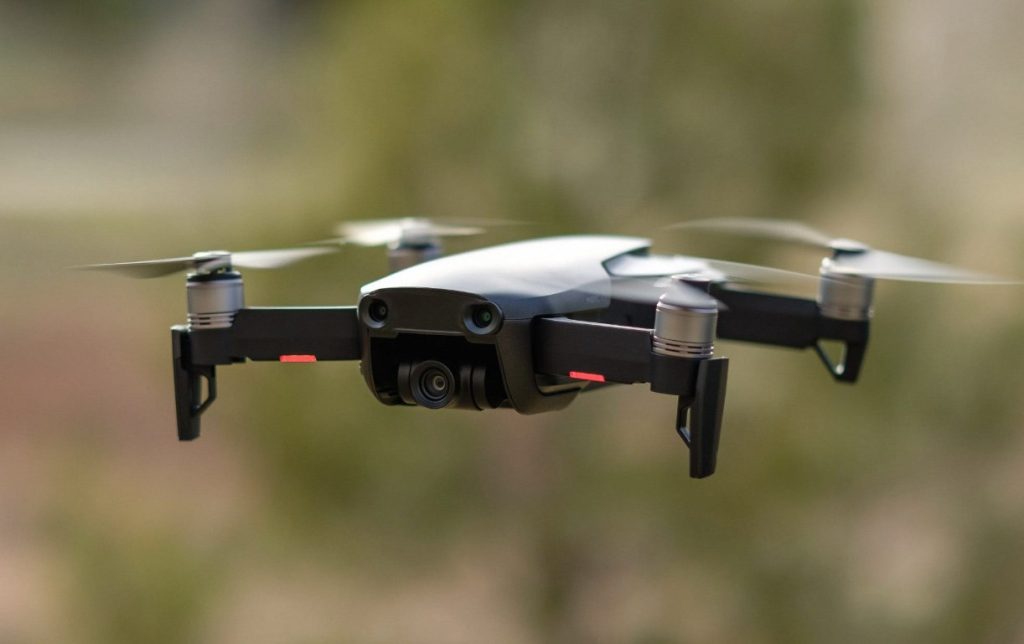
Part 1: Breaking the Chains – Why Drone Energy Harvesting Matters
Extended Flight Times:
Current drone batteries are like ticking time bombs, limiting their usefulness to mere bursts of flight. Imagine the possibilities if drones could soar for hours, not just minutes! This is the revolutionary promise of drone energy harvesting. By harnessing the power of the sun through integrated solar panels or receiving a continuous wireless charge, drones can break free from the constraints of battery life. This opens a future brimming with possibilities. Search and rescue missions could see drones tirelessly combing disaster zones for survivors. Environmental monitoring would be revolutionized, with drones tracking wildlife migrations or pollution levels for extended periods. The applications are endless, and drone energy harvesting is the key that unlocks this exciting future.
Reduced Operational Costs:
Imagine a fleet of delivery drones grounded every 20 minutes, waiting for battery swaps. This constant need for fresh batteries cuts into flight time and adds a hefty chunk to operational costs. Drone energy harvesting offers a game-changer. By harnessing power from the sun or through wireless transfers, drones can fly for extended periods without needing a pit stop. This translates to significant cost savings and opens the door for longer-range deliveries, wider search areas in rescue missions, and uninterrupted environmental monitoring – all thanks to the power of innovative energy harvesting technology.
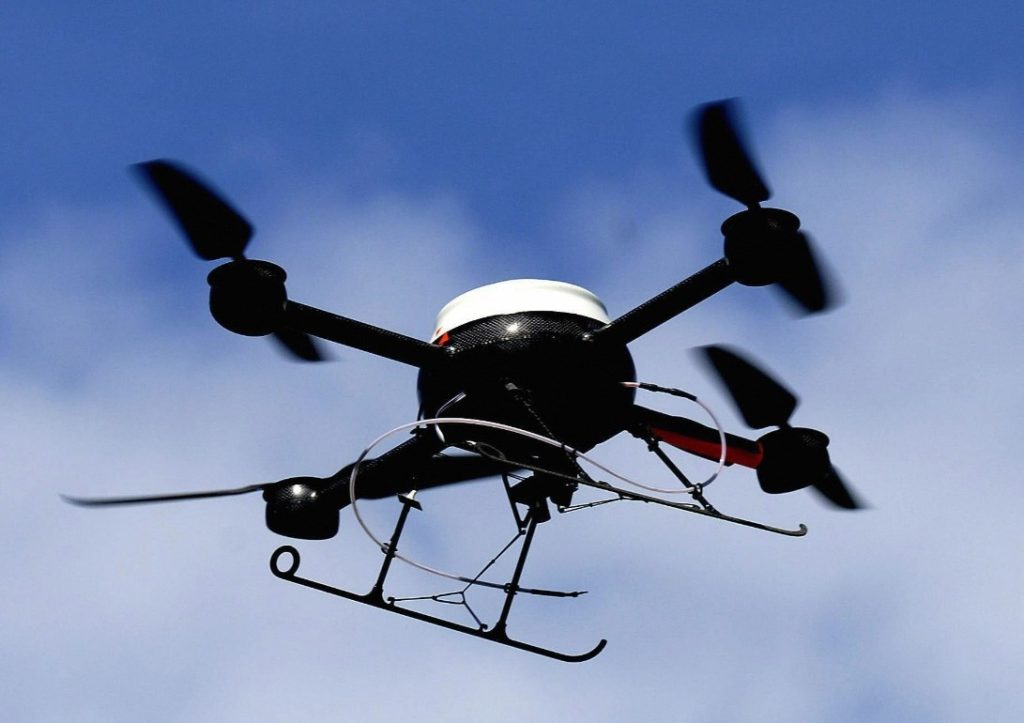
Part 2: Powering the Future – Exploring Drone Energy Harvesting Techniques
Solar Power:
Imagine a drone with solar panels seamlessly integrated into its wings, silently sipping energy from the sun as it flies. This isn’t science fiction! Advancements in solar technology have made lightweight, flexible solar panels a reality. These panels can be incorporated into drone designs, transforming sunlight into electricity that extends flight times significantly. No more waiting around for battery swaps – these solar-powered drones can stay airborne for longer durations, perfect for tasks requiring extended operation. Solar energy is poised to revolutionize how we utilize drones, from monitoring remote wildlife populations to capturing breathtaking aerial footage during a grueling mountain expedition.
Wireless Power Transfer:
Imagine drones receiving a continuous stream of power wirelessly while in flight. Wireless power transfer utilizes electromagnetic fields to transmit energy from a ground station to the drone. While still under development for drone applications, this technology holds immense promise for long-range, uninterrupted flight.
Part 3: Beyond the Horizon – Potential Applications of Drone Energy Harvesting
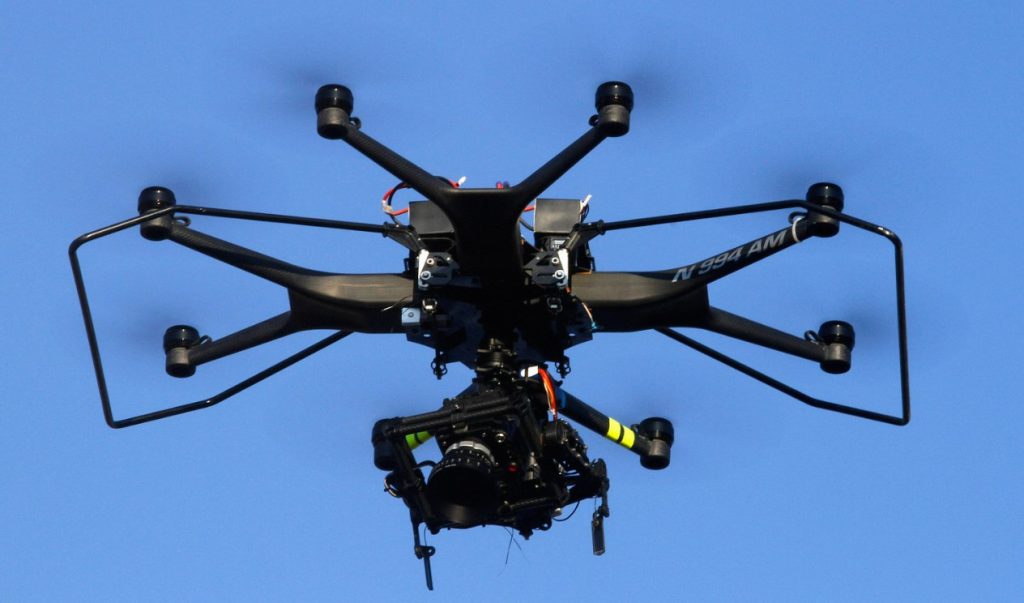
Search and Rescue:
Imagine the heart-wrenching scenario of a search and rescue operation hampered by a drone’s limited battery life. Precious minutes tick by as the drone needs to be grounded and recharged, potentially delaying the discovery of survivors. Drone energy harvesting can be a lifesaver in such situations. By enabling drones to fly for extended periods, search areas can be dramatically expanded. Imagine a drone equipped with thermal imaging technology, soaring tirelessly for hours, scanning vast landscapes or collapsed buildings for signs of life. This extended flight time could mean the difference between a successful rescue and a lost opportunity. Drone energy harvesting holds immense promise for search and rescue, offering hope and a powerful tool for saving lives in times of crisis.
Environmental Monitoring:
Drones play a crucial role in environmental monitoring, tracking wildlife migration patterns, and monitoring pollution levels. Extended flight times enabled by drone energy harvesting would allow for more comprehensive and continuous data collection, leading to a better understanding of our environment.
Part 4: The Road Ahead – Challenges and Future Developments
Efficiency and Integration:
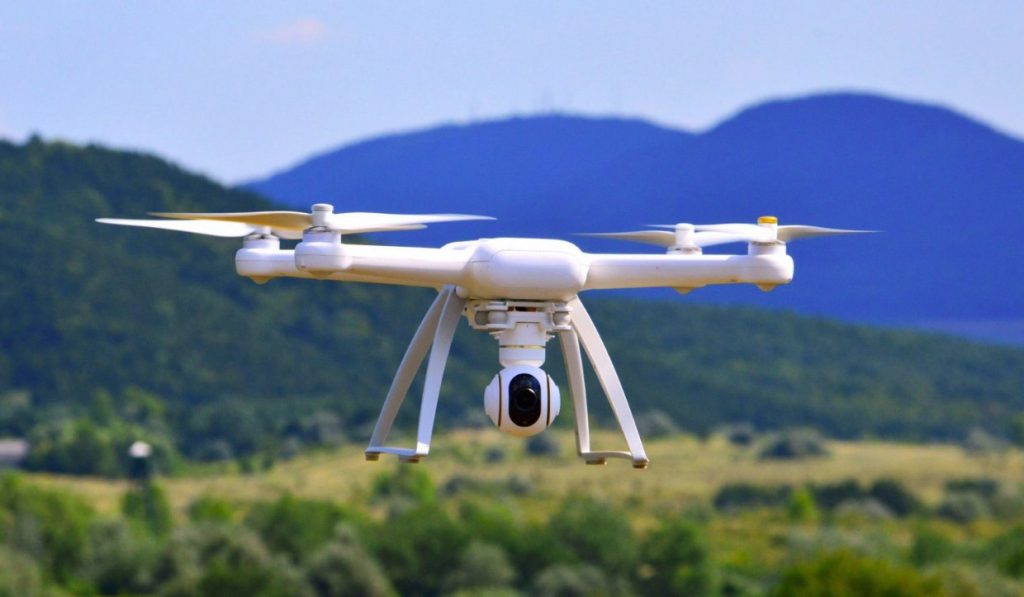
The road to a drone-powered future paved with sunshine and wireless charging isn’t without its bumps. A major challenge lies in efficiently squeezing every drop of usable power from the environment. Current technologies for capturing solar or wirelessly transmitted energy need to be refined to maximize their output for drones. Imagine bulky solar panels dragging down a drone’s flight performance – that’s not the future we envision! Engineers are working on miniaturizing these systems and optimizing their energy conversion efficiency. Another hurdle lies in seamlessly integrating these energy harvesting technologies with existing drone designs. Extra weight is the enemy of flight time, so these systems need to be lightweight and aerodynamic to ensure drones maintain their agility and maneuverability. Overcoming these challenges will be crucial to unlocking the full potential of drone energy harvesting and ushering in a new era of extended flight capabilities.
Regulations and Infrastructure:
Drone energy harvesting is poised to take flight, but there are a few hurdles to clear before we see skies buzzing with endlessly soaring drones. The technology itself is still under development, and regulations need to catch up. Imagine a powerful, solar-powered drone itching to take off on a critical mission, but grounded by outdated regulations that haven’t adapted to this innovative tech. Regulatory bodies are working on creating frameworks that address the unique operational needs of these long-flying drones, ensuring safety and responsible integration into airspace.
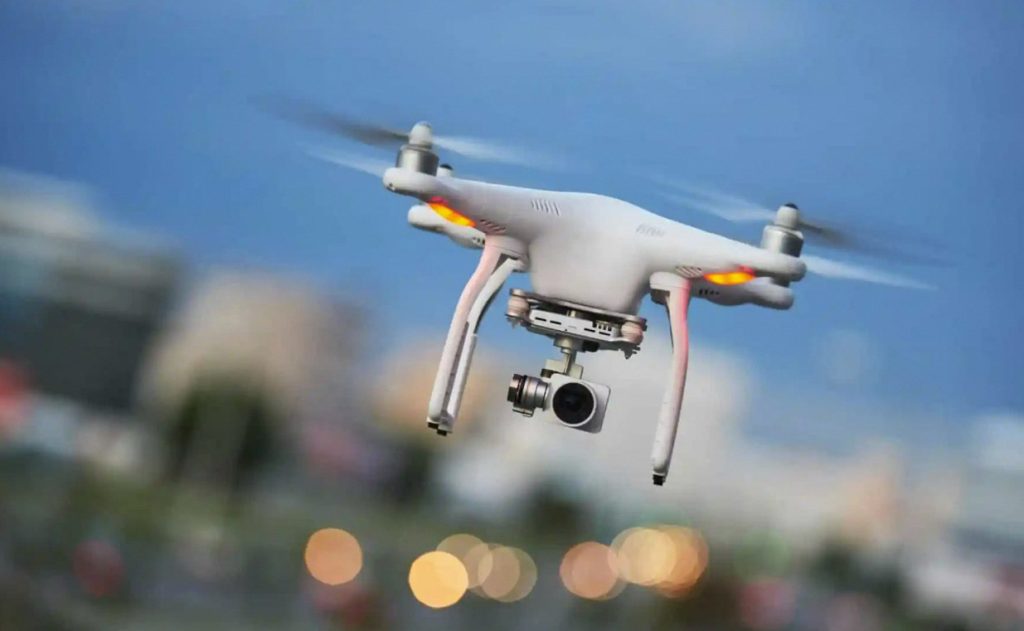
Another challenge is infrastructure. Wireless power transfer, a promising avenue for drone energy harvesting, relies on a network of charging stations. Imagine a future where designated zones bathe specific areas in invisible fields of charging energy, keeping drones topped up as they fly. However, developing this infrastructure requires strategic planning and investment. Establishing a network of charging zones, similar to gas stations for cars, is crucial to unlock the true potential of wireless power transfer for drones.
The future of drone technology is brimming with possibilities. Drone energy harvesting is a key driver of progress in drone technology. This technology offers exciting possibilities. Drones could fly for much longer times. This would reduce operational costs. It would also open doors to new applications in many industries. As these technologies mature, we can expect to see amazing things. Drones will soar through the skies for extended durations. They will push the boundaries of what’s possible. This will shape the future of flight.
